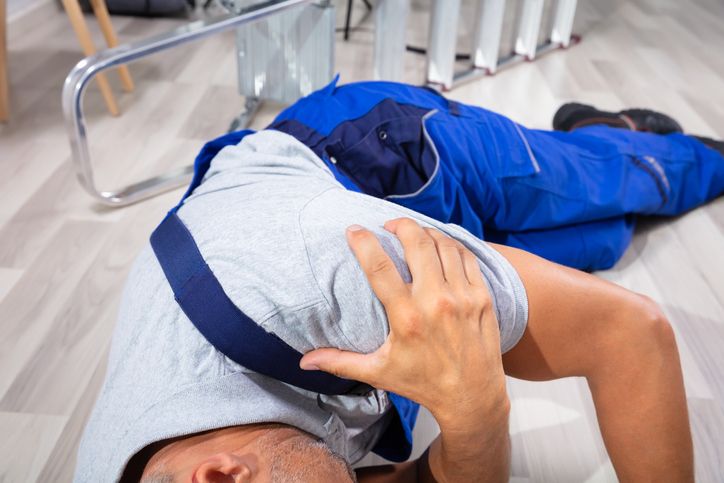Not every injury that occurs at work qualifies as a work-related injury warranting an award of workers’ compensation benefits to the injured employee. To obtain workers’ compensation benefits, an injured employee must demonstrate not only that he suffered an injury in the course of employment but also that the injury arose out of the employment.
To determine whether a given injury arose out of employment, the New Hampshire Supreme Court has recognized four (4) types of injury-causing risks commonly faced by employees at work: (1) risks directly associated with employment; (2) risks personal to the claimant; (3) mixed risks; and (4) neutral risks.
Injuries caused by risks directly associated with employment (such as getting buried in a cave-in while unloading a truck, or getting one’s fingers caught in the machine one is operating) always arise out of employment for purposes of workers’ compensation benefits.
while unloading a truck, or getting one’s fingers caught in the machine one is operating) always arise out of employment for purposes of workers’ compensation benefits.
By contrast, injuries caused by risks personal to the employee (such as a fall caused by the employee’s epilepsy or multiple sclerosis) never qualify as compensable work-related injuries.
A mixed risk occurs when a personal risk and an employment-related risk combine to cause an injury. An employee who suffers an injury caused by a mixed risk will only be able to establish a compensable work-related injury if the employee shows that his employment was a substantial contributing factor to the injury.
A neutral risk is defined as a risk that is neither distinctly employment-related nor distinctly personal in nature. New Hampshire Supreme Court cases addressing the “neutral risk” concept have involved such things as an employee twisting a knee while descending a non-defective staircase or an employee falling without explanation. An injury caused by a neutral risk will only be deemed compensable for workers’ compensation purposes if the employee shows that his employment qualitatively or quantitatively increased the risk of injury. Employment qualitatively increases a neutral risk when some aspect of employment contributes to the risk. Employment quantitatively increases a neutral risk when it exposes the claimant to a common risk more frequently than the general public.
In Appeal of Doody (decided by the New Hampshire Supreme Court on January 31, 2020), the employee (an elementary school speech assistant) suffered a right arm fracture when she fell at work. The employee testified that her employment required her to traverse the school hallways as often as 20 times per day. The New Hampshire Department of Labor Workers’ Compensation Appeals Board found that the employee was not entitled to workers’ compensation benefits.
The New Hampshire Supreme Court vacated the Compensation Appeals Board ruling, holding that the Compensation Appeals Board had failed to apply correctly the “increased risk” test applicable to neutral risks. The Supreme Court sent the case back to the Compensation Appeals Board with instructions for the Board to make factual findings to determine if the injury should be found compensable under the “increased risk” test, directing the Compensation Appeals Board to render findings regarding whether the employee’s employment required her to walk more frequently than a member of the general public.
If you are an injured employee needing assistance with a workers’ compensation claim, you should contact an experienced attorney such as Benjamin T. King, Esquire, of Douglas, Leonard & Garvey, P.C. New Hampshire Magazine has listed Attorney King as one of the best attorneys in New Hampshire for representing injured employees in workers’ compensation cases, continuously since 2017. Attorney King can be reached at (603) 288-1403.

